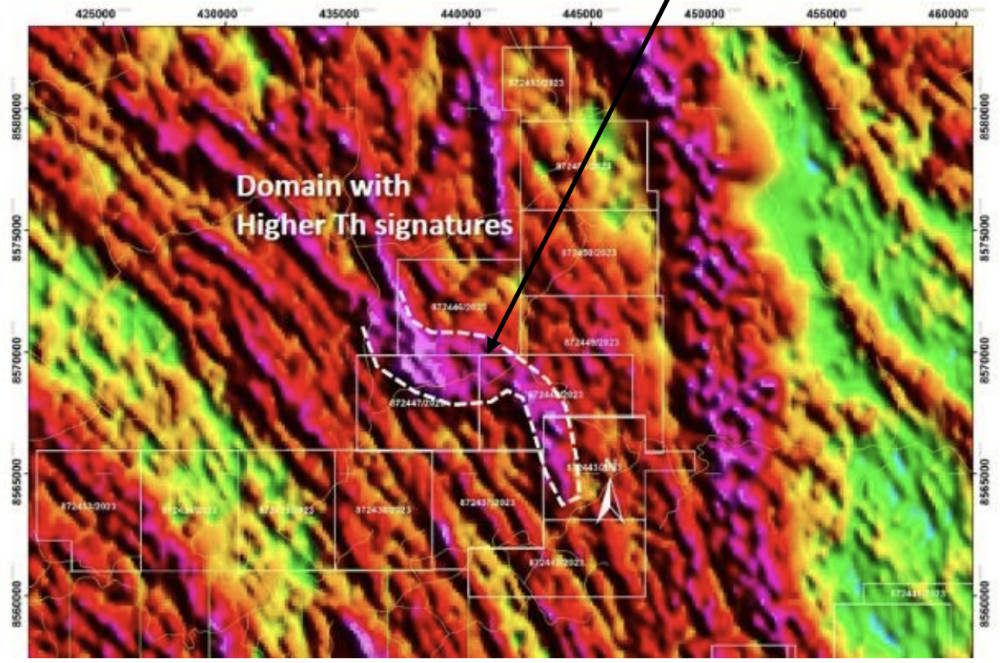You might be interested in
Mining
REE Survival Guide Part 3 – these ASX juniors are pouring into Brazil’s rare earths scene
Mining
Australian Mines unearths multiple REE-niobium targets in Brazil’s emerging Jequie critical minerals belt
Mining
Mining
Special Report: The Jequie rare earths project in Brazil is looking more prospective than ever following the identification of a second niobium and REE exploration target.
Jequie – located in Brazil’s Bahia state, a government-friendly jurisdiction – is in the vicinity of several large-scale mining operations and assets, including the adjacent 510Mt Rocha de Rocha REE project partly owned by the Gina Rinehart-backed Brazilian Rare Earths (ASX:BRE).
Australian Mines (ASX:AUZ) moved to acquire Jequie and the Resende lithium project in December 2023 to expose shareholders to additional opportunities in the battery metals space with the potential for Tier-1 critical mineral discoveries.
While the company first acquired the ~826km2 Jequie project on its proximity to Rocha de Rocha and a large 25km long thorium anomaly – a common signpost for REE mineralisation – site visits have subsequently uncovered the right ingredients for charnockites, leucogranites and weathered clay and saprolite profiles.
Subsequently, AUZ expanded its holding in the region by acquiring 17 new tenements comprising approx. 51,000 HA, making AUZ one of the largest tenement holders in the region.

AUZ has now identified an additional airborne radiometric thorium anomaly, this time about 12km long and with widths of up to 2.5km.
To top it off, it has identified soils and clays within close proximity to outcropping leucogranites, which have the potential to either host primary REE mineralisation or act as the source of secondary REE oxides contained within weathered saprolites, soils and clays.
Field testing with a portable scintillometer returned positive readings for the presence of potential REE-bearing minerals in outcrop.
AUZ chief executive Andrew Nesbitt said the company was happy to have identified a second target prospective for REEs.
“The target has the geological setting to potentially host significant REE mineralisation, and we are looking forward to the next phase of exploration,” he said.
AUZ’s planned ongoing exploration at Jequie includes tracing and mapping more highly radioactive rock sequences in the field using aerial geophysics and portable scintillometers.
Rock chip and soil samples will be taken from different outcrops and areas located on the project for analysis with a Laser Induced Breakdown Spectroscopy (LIBS) device.
Samples with above background results will be sent to a commercial laboratory for analysis to determine drilling targets.
This article was developed in collaboration with Australian Mines, a Stockhead advertiser at the time of publishing.
This article does not constitute financial product advice. You should consider obtaining independent advice before making any financial decisions.